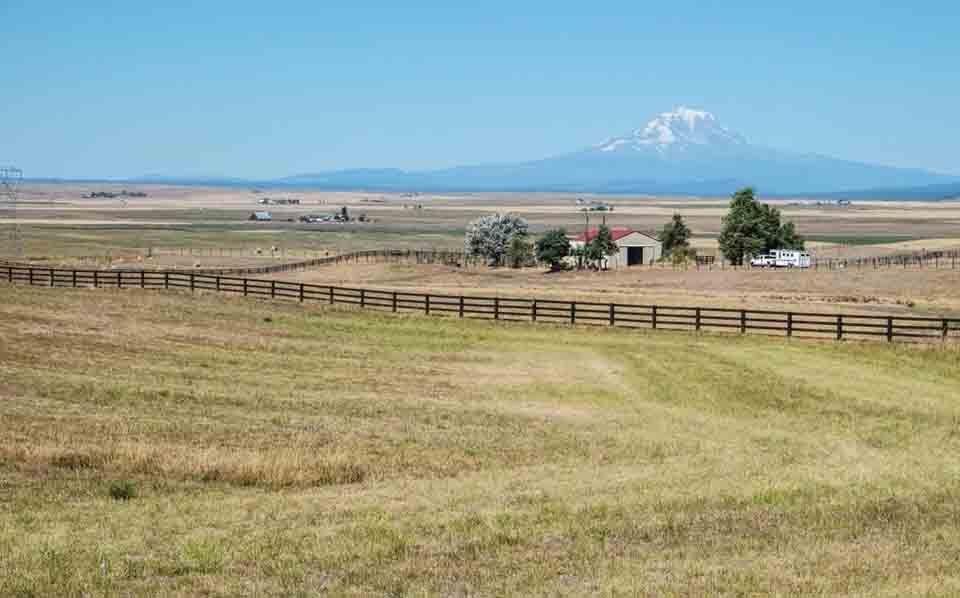New Oregon CAFCO Regulations Restricting Water Consumption by Farm Animals are Near Completion

The Oregon Department of Agriculture (ODA) is finalizing new regulations to the state’s Confined Animal Feeding Operation (CAFO) that restricts the amount of drinking water farmers can use for livestock.
The ODA is calling for comment to the CAFCO changes by July 22 and the new regulations could become effective later this summer.
Livestock Farmers Restricted to 12,000 Gallons of Water Daily
The new regulations will restrict livestock farmers to 12,000 gallons of water daily for animal drinking needs. Up until now, farmers have not had to disclose the quantity of water they use or from what source it was obtained.
The new regulations come at a time when different regions of Oregon face the rapid depletion of groundwater because of over-pumping. The knock-on effect is causing wells to run dry and residential communities to be left without sufficient water supplies.
Back in 2022, the media ran stories about the over pumping of groundwater and pointed a finger of blame at Oregon officials for leaving the state ill-prepared to handle drought and climate change challenges. In Malheur County’s Cow Valley, some cattle ranchers who were left without water for their livestock admitted defeat, deserting farms that had been in their families for generations.
Clarification of the New CAFCO Regulations
Changes to CAFCO requirements were passed by the Oregon State Legislature and signed into law by Governor Tina Kotek in July 2023. It requires farmers to obtain water permits and to track wastewater.
The changes to who qualifies for a CAFCO permit are welcomed by some small farm advocates and environmental groups. They say the changes clarify who qualifies for a CAFCO permit, previously reserved for commercial livestock farms.
The new draft rules define farms that house livestock in pens or buildings for more than 12 hours a day, or for more than 120 days a year, as a CAFCO-permit operation.
CAFCO permits will no longer be required by farmers with fewer than 250 laying hens or 20 dairy cows unless they use or produce more than 100 gallons of water or manure a day.
The ODA confirms that there are almost 500 CAFCOs in the state, of which more than 360 are small to medium-sized operations. Large operations are regarded as dairy farms which house more than 700 cows.
Some Farming Groups are Opposed to the New Proposals
But there are opponents to the new CAFCO regulations such as the Oregon Dairy Farmers Association, the Oregon Farm Bureau, and the Northwest Chicken Council.
The president of the Northwest Chicken Council, Bill Matos, says the CAFCO changes will burden producers with more red-tape and paperwork. Matos says greater risks to the local food chain are being created by challenging agriculture with lack of land, urban growth, and opposing advocacy groups.
